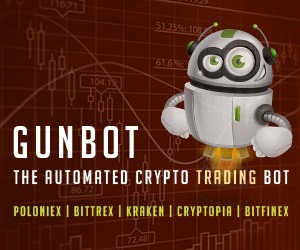Each participant in the fiat system today is in a frenzy to dump their cash, either by protecting it in some safe haven, immediately spending their rapidly decreasing purchasing power, or speculating in riskier and riskier assets. Bitcoin, with its capped supply and fixed, open and deflationary monetary policy provides the most elegant system to opt out of this madness.
While its holders are incentivized to continue holding for the long term, potential new participants to the network are incentivized to get in as quickly as possible whether by purchasing or earning coins in the marketplace. As supply decreases over time and demand continues to build, the value of each coin continues to rise: Number Go Up. We know what happens to those opting to purchase coins in the marketplace: they pay a higher price. What happens to those earning coins in the marketplace? As of yet this exchange is quite uncommon, so the answer is unclear.
My theory, however, is that this will lead to the creation of higher forms of value across many spectrums of society. Let us continue to explore how an open monetary network addresses the idea of value creation and further price discovery.
To understand how open software networks function and evolve we must take a look back at history. The early days of the internet opened up a world of possibilities in the realm of information sharing, allowing anybody to communicate their ideas freely over an open data transfer protocol. Over the past several decades, incredible amounts of software has been written to build critical infrastructure on top of these protocols, building what we know and use as the modern day web. This has served as the foundation for today’s modern day social networks, which serve as hyperscale information sharing and talent discovery tools. In a similar way, an open monetary network allows any participant with access—in the case of Bitcoin anyone on the planet with a bitcoin wallet—to engage in free commerce on a scale that has never been possible before.
In the same way that the large social networks of today are talent and information discovery mechanisms, Bitcoin is a price discovery mechanism for everything it touches. Any possible economic transaction that involves human decision-making and interacts with the Bitcoin network will in time come to a perfect price equilibrium as determined by the other users of the network. For a network user and long-term token holder to part with their satoshis requires a creation of value that far exceeds the potential return on each parted unit over the coming period of time that the account projects for. In turn, what this leads to is true price discovery for the essential things that matter most: human time and knowledge.
The microprocessor, modern day high speed computing, the internet and social media have reduced the barriers to entry in many walks of life and allow anyone to create and share value. The internet protocols that have allowed for this explosion of innovation have been built for the transfer of information but not the transfer of value. What we see as a result are megacorporations and walled gardens that act as the high priests facilitating the flows of value between creators and consumers in the new digital economy. Bitcoin cuts out these middlemen and enables those creating value to directly capture the value that they are creating.
In order to capture value in the new economy and entice bitcoin holders to part with their precious satoshis, creators must push the boundaries of creation and create such value in such proportion that true believers are compelled to part with what they believe to be the hardest asset ever invented.
In the end, only the very best will survive.
True meritocracy of value is the end result, enabling true capitalist forces that the world has not seen in many decades. Bitcoin culture is one of low time preference, a mindset that encourages long-term thinking and saving. At the same time, the Bitcoin network opens up a world of opportunity for value creators to capture that value, forming a meritocratic haven where bold ideas and beautiful creations reign supreme.
This new monetary system will enable excellence and beauty to a degree never before seen. The culture of Bitcoin combined with the capabilities of a global monetary network is set to unleash a force upon the world that reshapes every element of society for the better, creating value for everyone involved and pushing forward the trajectory of humanity.
This is a guest post by Karan. Opinions expressed are entirely their own and do not necessarily reflect those of BTC, Inc. or Bitcoin Magazine.





